
If you stepped into a classroom in the 1970s, you’d instantly notice how different everything felt. There were no digital bells, no laptops on desks, and no smartboards filled with animated charts. Instead, the room carried the scent of pencil shavings, chalk dust, and floor polish. These were the days of mimeograph machines, filmstrips, and wooden desks with mystery items stashed inside. Here are 15 things you’d only see in a ’70s classroom.
Giant Chalkboards That Dominated the Room
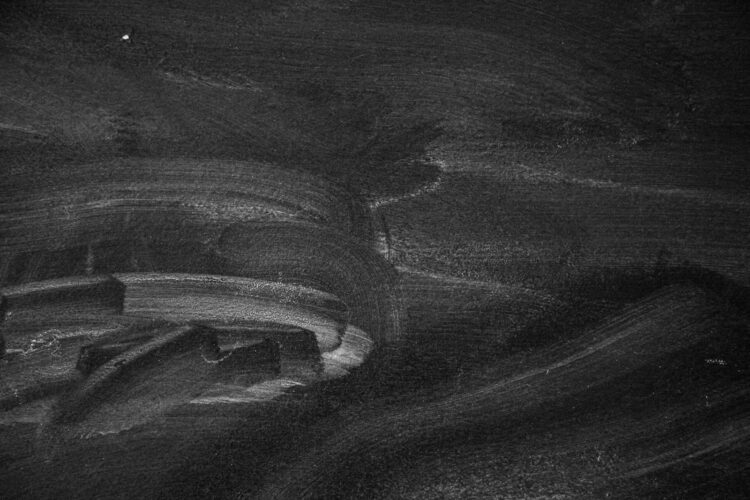
Chalkboards weren’t just a teaching tool—they were the focal point of the entire classroom. Big, bold, and either green or black, they stretched across the front wall and were in constant use. Teachers would cover them from edge to edge with math problems, cursive writing drills, or history timelines, all while chalk dust drifted in the air. Erasers were slapped together outside on the school steps, and if you got chosen to clean them, you felt like you’d been given a special mission.
Overhead Projectors with Plastic Transparencies
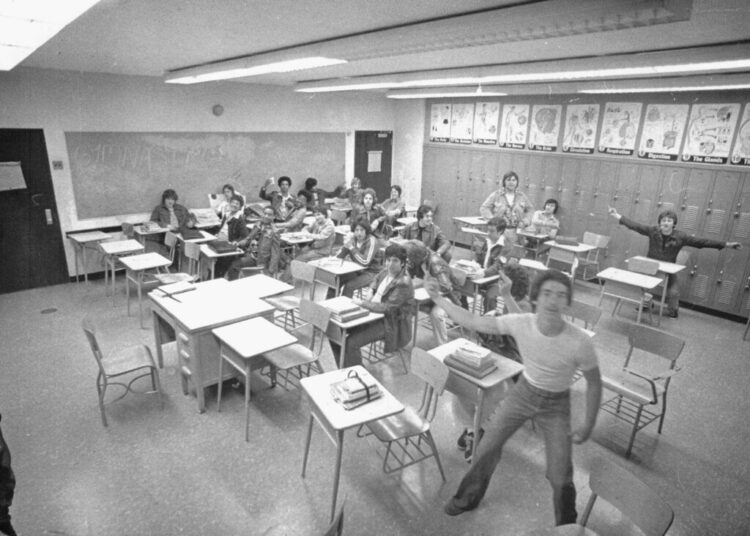
Rolling carts carried bulky overhead projectors, and when one was wheeled in, it meant business. Teachers scribbled on transparent plastic sheets with dry-erase markers while the light blasted the image onto a pull-down screen. The hum of the fan was constant, and the bulb was so hot it could toast your fingers. Sometimes, if the transparency was upside down, the whole class watched as the teacher awkwardly flipped it while pretending not to notice.
Wooden Desks with Inkwell Holes and Secret Compartments
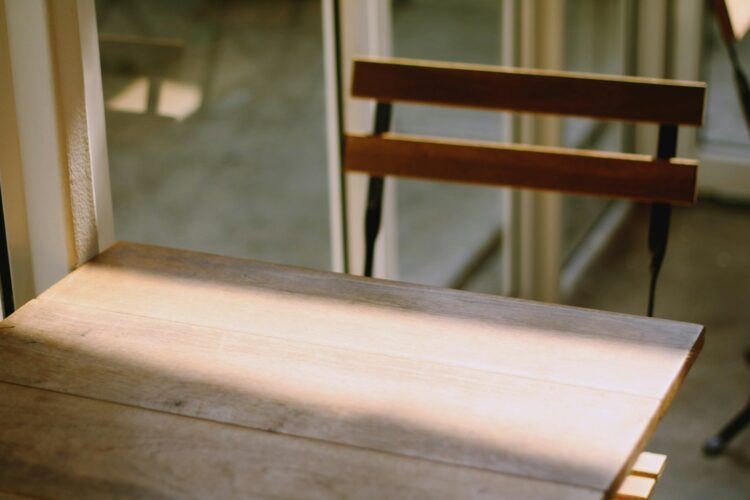
Many classrooms still used old wooden desks with metal legs and round inkwells—leftovers from an even earlier time. The desktops lifted open like lids, revealing a cavern of half-sharpened pencils, forgotten permission slips, and melted crayons. Some had chewing gum stuck inside. Others had decades-old graffiti etched into the wood. You didn’t just sit at your desk—you inhabited it.
Pull-Down Maps That Snapped Back Too Fast
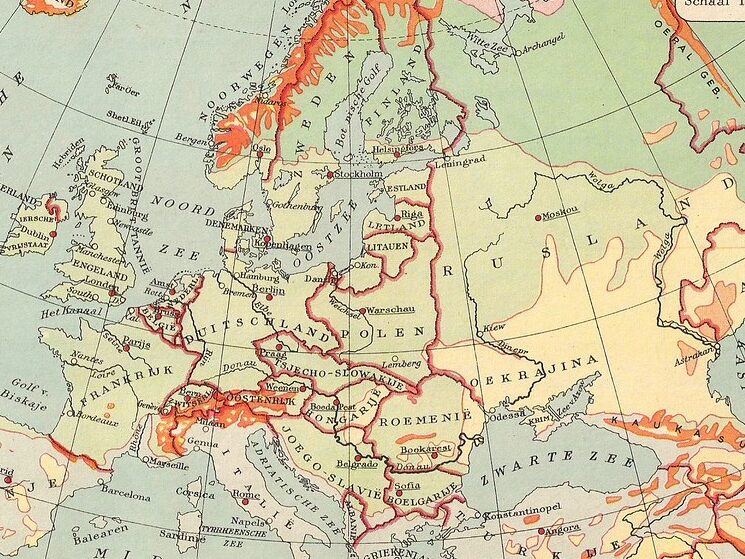
Maps of the United States and the world were mounted on rollers above the chalkboard and pulled down like window shades. They were outdated, sun-faded, and impossible to refold correctly. The USSR loomed large, East and West Germany were still separate, and countries like Yugoslavia still existed. When the teacher let go too fast, the map would snap back up with a loud whip, making half the class jump.
Filmstrips with That Iconic “Beep” Sound
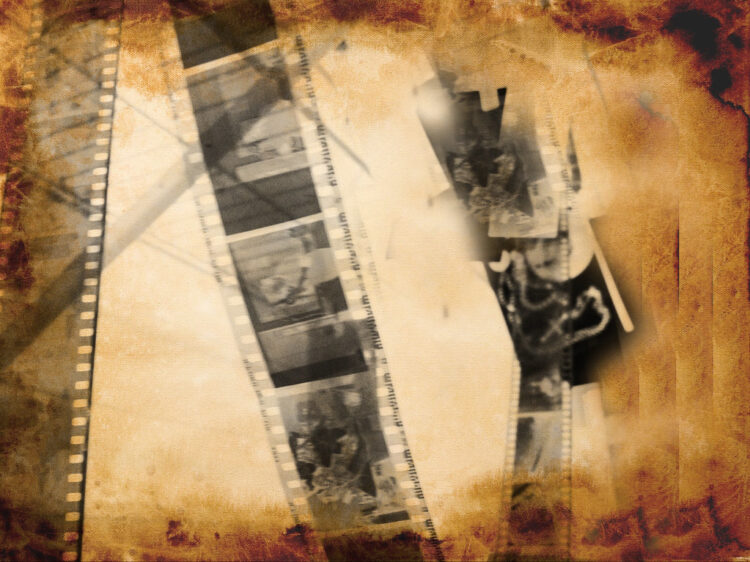
Before YouTube, classrooms had filmstrips—projected slide shows synced with cassette tapes. Every time the tape beeped, the teacher (or a lucky student) would turn the knob to advance to the next frame. The narration was dry, the slides were blurry, and someone always got the timing wrong. Still, when the lights dimmed and the projector turned on, it felt like something important was about to happen.
Bulletin Boards Made of Construction Paper and Elbow Grease

Every wall had at least one bulletin board, and they were decorated by hand—cut-out letters, border trim, felt shapes, and student artwork held up with pins and tape. If it were autumn, there were pumpkins. February brought Valentins. Everything was done with scissors and stencils, and teachers took pride in their displays. They were colorful, sometimes lopsided, but full of charm.
Mimeographed Worksheets That Smelled Like Chemicals

Before photocopiers took over, teachers used mimeograph machines to make copies. The pages came out damp, blurry, and tinged with that distinctive purple ink. And yes, every kid smelled them. You’d hold the paper to your nose and breathe in the oddly sweet, gasoline-like scent. It was weirdly comforting—part of the school day ritual.
Cursive Charts Lining the Walls

Long strips of paper showing the entire cursive alphabet were pinned above the blackboard. Uppercase and lowercase letters floated in neat rows to remind you how to loop your Gs and curl your Qs. Cursive was taught early and graded strictly, and your penmanship was considered a reflection of your character. You practiced it for hours—often with aching hands.
Paddle Hangers (Yes, for Real Discipline)

In some schools, especially in certain states, the paddle hung on the wall. It was wooden, often with holes drilled into it for maximum sting. Corporal punishment was still allowed in many districts, and just seeing that paddle was enough to make your stomach drop. Whether it was used or not, its presence sent a clear message: step out of line, and you’ll remember it.
Coat Rooms That Smelled Like Wet Wool
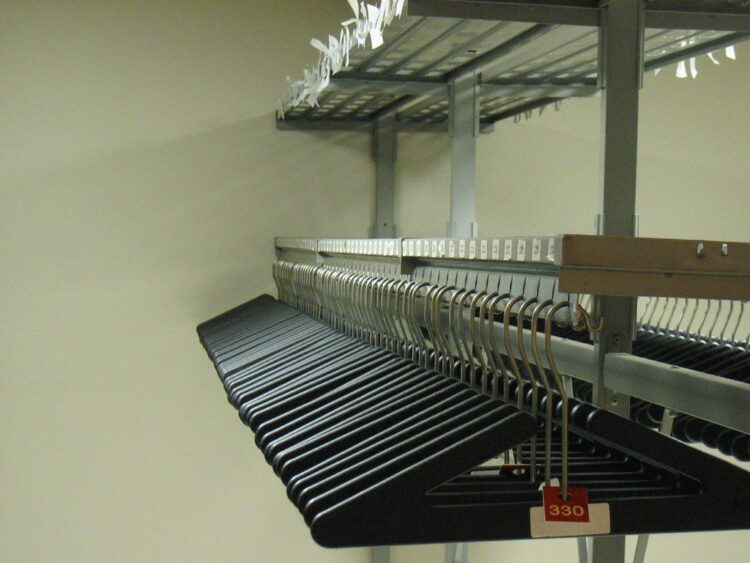
Instead of lockers, many classrooms had cloakrooms—a little area with hooks where students hung their coats and left their lunchboxes. On rainy days, the smell of wet wool, rubber boots, and bologna sandwiches filled the space. It was chaotic, loud, and often messy, but it was a part of daily life that somehow felt cozy.
Weekly Readers and Scholastic Book Orders
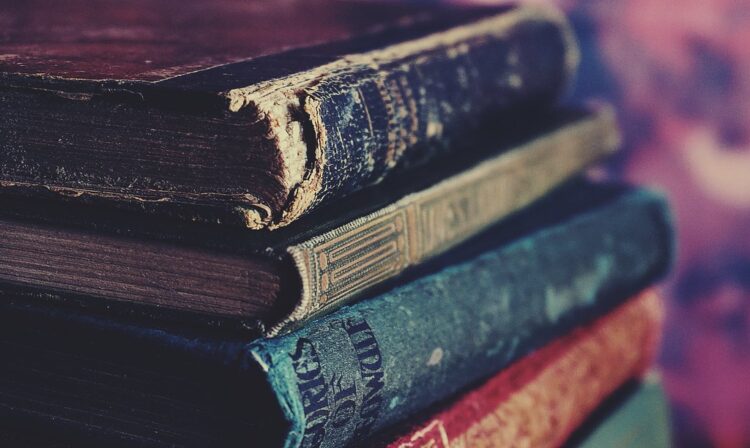
Every so often, the teacher handed out a paper catalog full of books you could order—“only $1.25!”—and kids circled their choices with excitement. There were also “Weekly Reader” newspapers, packed with age-appropriate news, puzzles, and wholesome propaganda. When your order came in, getting a new book wrapped in shrink wrap felt like Christmas morning.
Classroom Pets No One Was Really Qualified to Care For
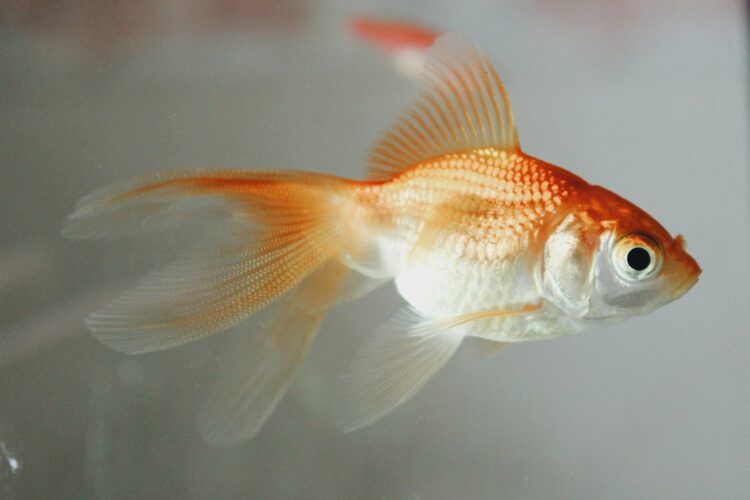
A goldfish in a cloudy bowl, a turtle in a tank, or maybe a hamster that bit everyone—many classrooms had a “class pet.” The teacher was usually the one stuck feeding it, and when summer came, some unlucky student was tasked with taking it home. These pets were lovable but often lived tragically short lives. Still, they made the classroom feel alive.
Metal Pencil Sharpeners Bolted to the Wall
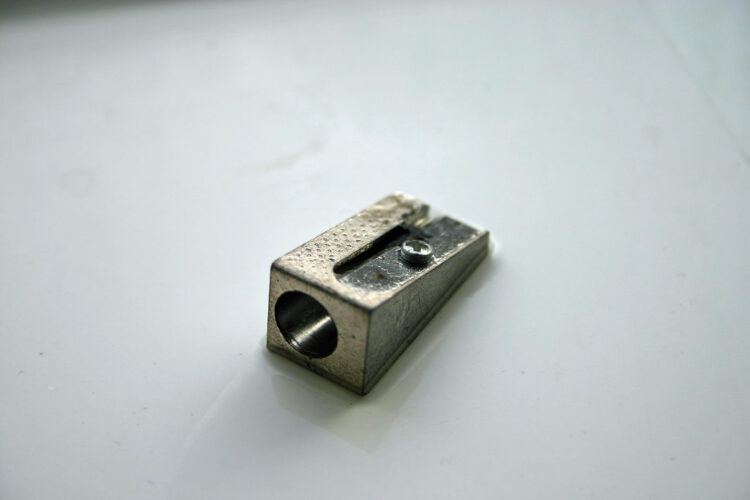
You’d hear them grinding all day—the heavy, hand-cranked pencil sharpeners screwed into the wall near the door. Every kid got up at least twice during class to sharpen their pencil, partly out of necessity, partly for the excuse to stretch and talk. You’d crank too fast, break the tip, then do it all over again.
Teachers’ Gradebooks with Names Written by Hand
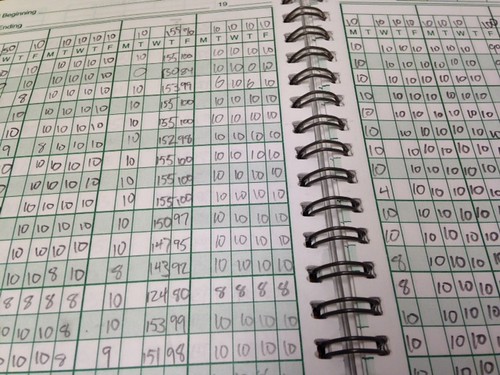
No apps, no spreadsheets—just a big, lined book with every student’s name written in pen, and grades carefully recorded in tiny boxes. Mistakes were scratched out. Report cards were handwritten. You couldn’t just click “undo,” which meant your performance was literally etched into history.
The Smell of the Classroom Itself

You never forget the way a ’70s classroom smelled: chalk dust, construction paper, freshly waxed floors, glue, old textbooks, and lunchboxes filled with sandwiches wrapped in wax paper. There was a sensory texture to it—one that modern classrooms, with their sleek devices and sterile surfaces, just don’t have. That smell was the scent of learning, boredom, excitement, nerves, and everything in between.

